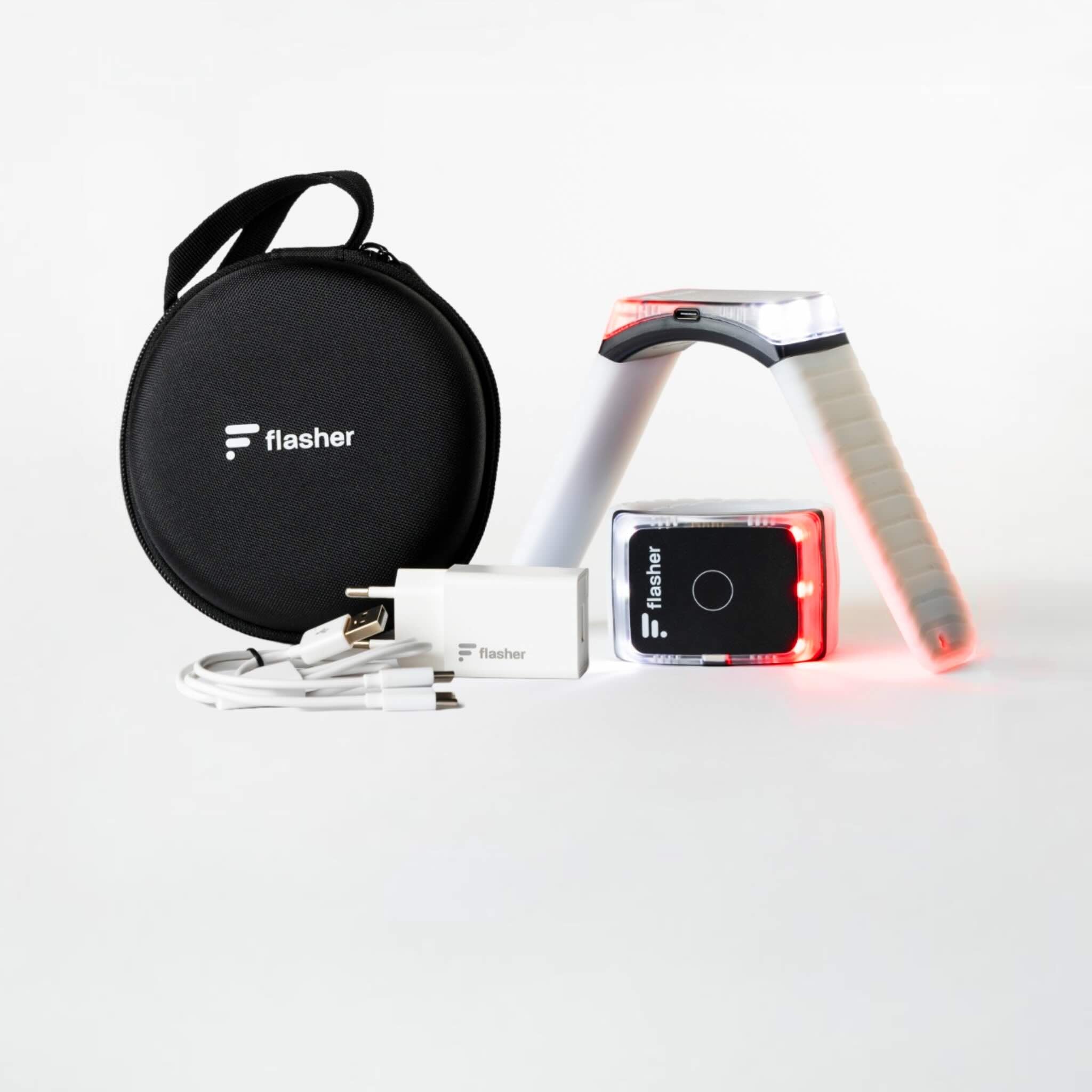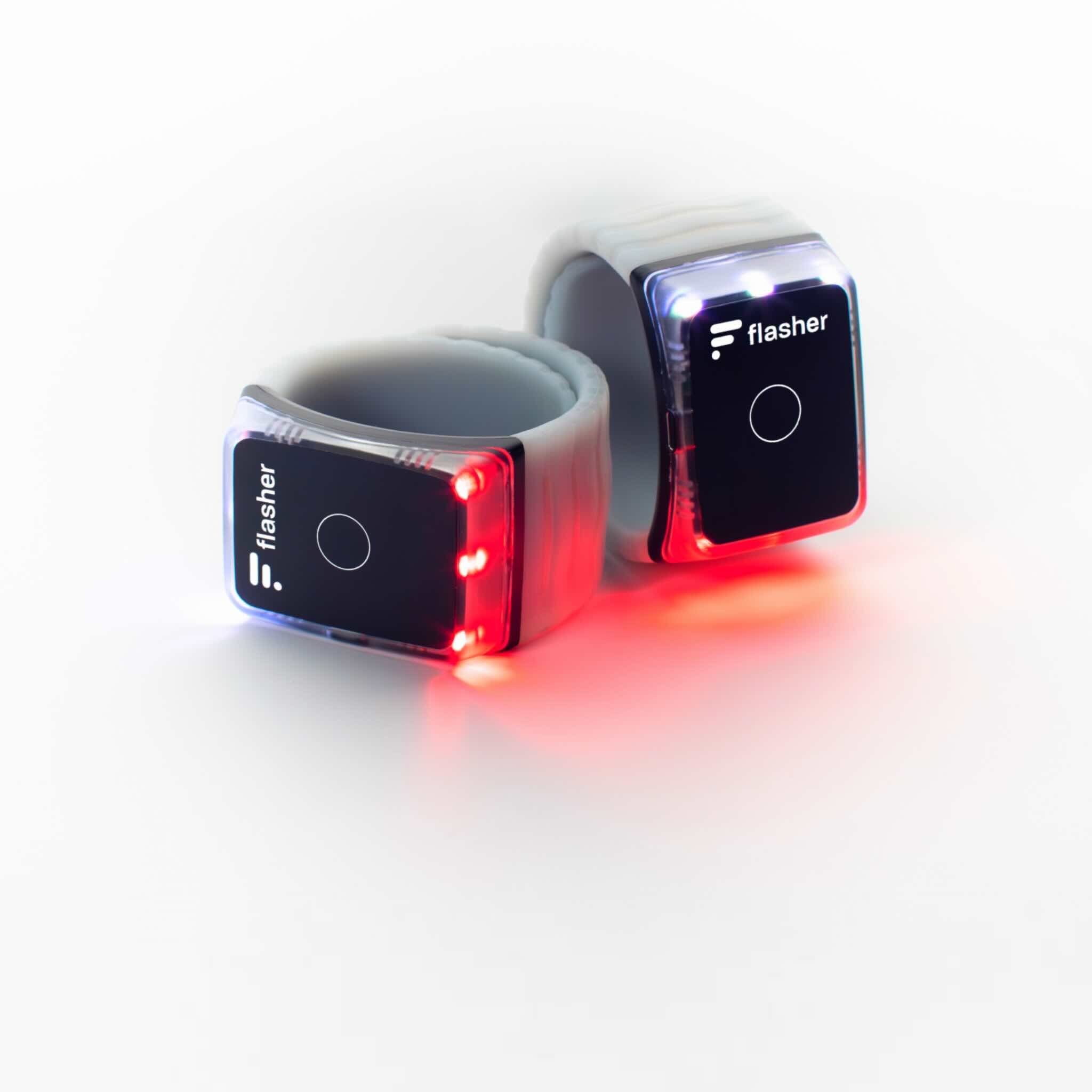Is an e-scooter right for you?

In the blog article "Advantages & Disadvantages of E-Scooters" we explained how e-scooters perform in terms of cost, safety, convenience and environmental friendliness. Here we take a closer look at these other points:
- Performance and range
- Health effects
- Added value for the community
At the end we also have a final conclusion for you.
Performance and range
How to achieve the longest possible battery life and how to get the best performance?
Size, weight and capacity
Battery life and capacity are two crucial factors when answering the question “How far can you go on one e-scooter charge?” Most models offer a range of 25-50 kilometers on a single charge, which is suitable for multiple commutes and errands per week.
However, the balance here always comes down to size, weight and capacity: batteries with a higher charging capacity are either larger and bulkier, or heavier - in the worst case, both. The additional weight has to be pushed by the battery, which is why the distance does not increase linearly with the capacity. The actual range of an e-scooter also depends heavily on factors such as driving style, terrain and weather conditions - more on that in a moment.
Different weather conditions and seasons
E-scooters are usually designed for good weather. Of course, you can ride them in any weather and any season, but rain, snow and extreme temperatures can affect performance and safety. Batteries do not work as efficiently in cold temperatures as they do in warmer temperatures, which negatively affects the range.
Stability is reduced on snowy or wet roads, although this can of course be remedied with intelligent accessories such as flashers . This allows you to use a turn signal and a brake light while driving, but your hands still remain on the handlebars. Nevertheless, you should exercise caution in bad weather to prevent accidents and damage. Wet roads also significantly impair the braking performance of e-scooters.
Driving style and charging style
As mentioned above, the lifespan of your e-scooter battery also depends on your driving style. If your battery wears out, it will be harder for it to hold a charge and the range and performance will be affected. Discharge is just as important as charging correctly. Batteries are most efficient when charged at 20-80%. If you always keep the charge level in this range, your battery will last longer, which of course saves on repair and replacement costs. You should definitely avoid deep discharge - that is, discharging to 0% - as this can permanently damage the battery.
But charging to 100% is not ideal either, especially if the battery remains plugged in for a long time at 100%. When driving, you have to remember that higher speeds, such as in the sport mode that many e-scooters offer, require more power. Driving faster therefore puts more strain on the battery charge and reduces the range. The higher air resistance plays a minor role, but in the long term it cannot be ignored.
Health and Fitness
Is riding an e-scooter healthy? How does it affect your body, what are the advantages and disadvantages?
Physical activity: Are e-scooters a good workout?
Although e-scooters do not offer the same level of physical activity as bicycles, they still have some health benefits. Riding an e-scooter exercises the core muscles and improves balance. You also spend more time in the fresh air on an e-scooter than in a car or on public transport. In particular, cool morning air, which you get plenty of on the e-scooter on the way to work, has proven positive effects on concentration and performance.
An indirect, positive effect is also the reduced stress caused by faster traffic routes. Studies on traffic jams in the USA have found a direct connection between the stress levels of drivers and the time spent in traffic jams. E-scooters, on the other hand, are agile, flexible and not susceptible to traffic jams and can therefore also keep your cortisol levels in balance.
Health risks and how to avoid them
However, e-scooters should not be used as a primary form of exercise. Active exercise such as walking, cycling, swimming, running, team sports or strength training have numerous benefits for the muscles and circulation that cannot be replaced by riding an e-scooter.
Injuries caused by e-scooters are also not uncommon, especially among inexperienced or younger riders. Falls due to a lack of riding experience, excessive speeds and unstable traffic maneuvers can lead to sprains, abrasions and broken bones. Wearing additional protective equipment and riding responsibly can reduce these risks and ensure a safer experience. As mentioned above, safety devices such as flashers can make unstable riding situations safer and prevent accidents before they even happen. Clearly visible, 360° lighting also prevents you from being overlooked by other road users.

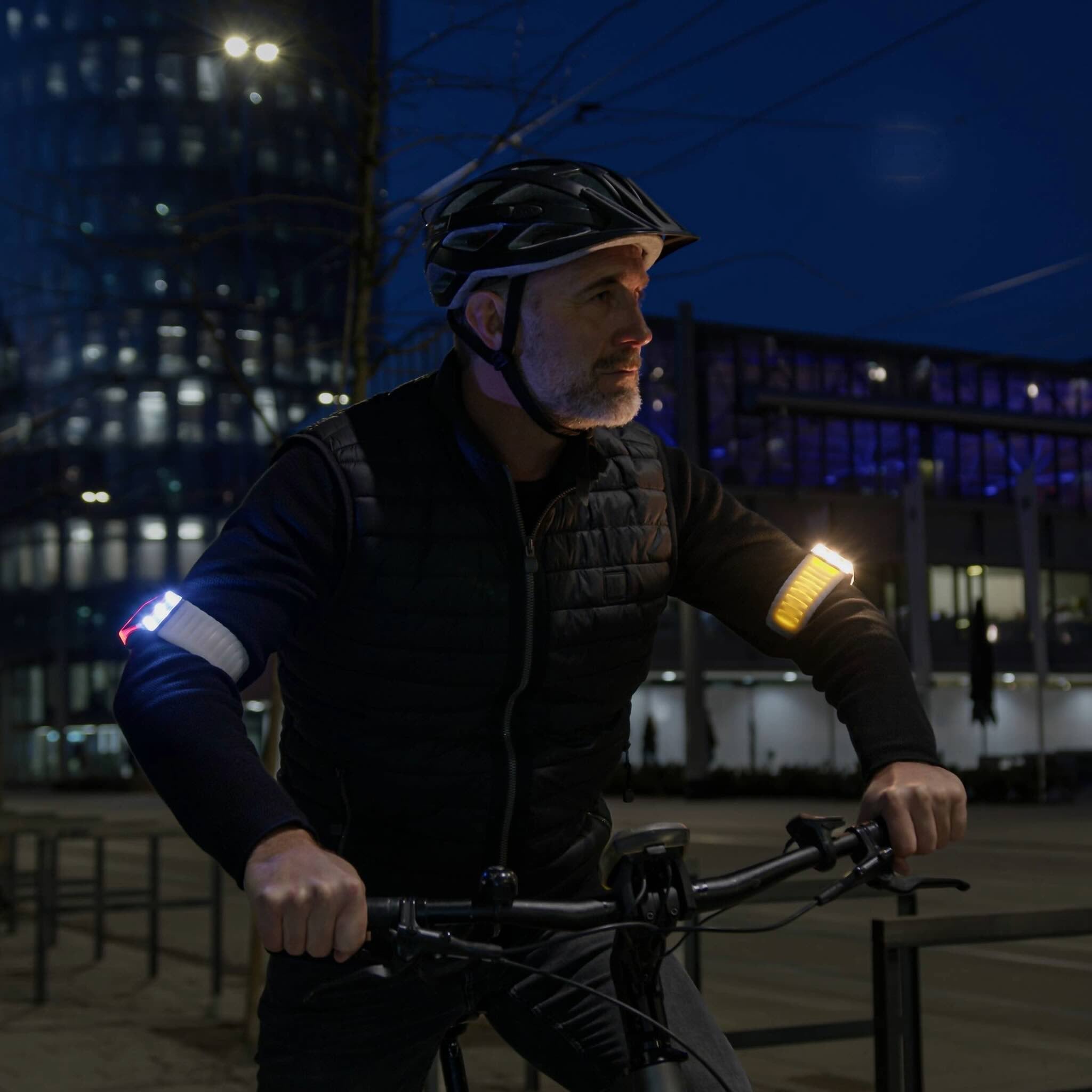
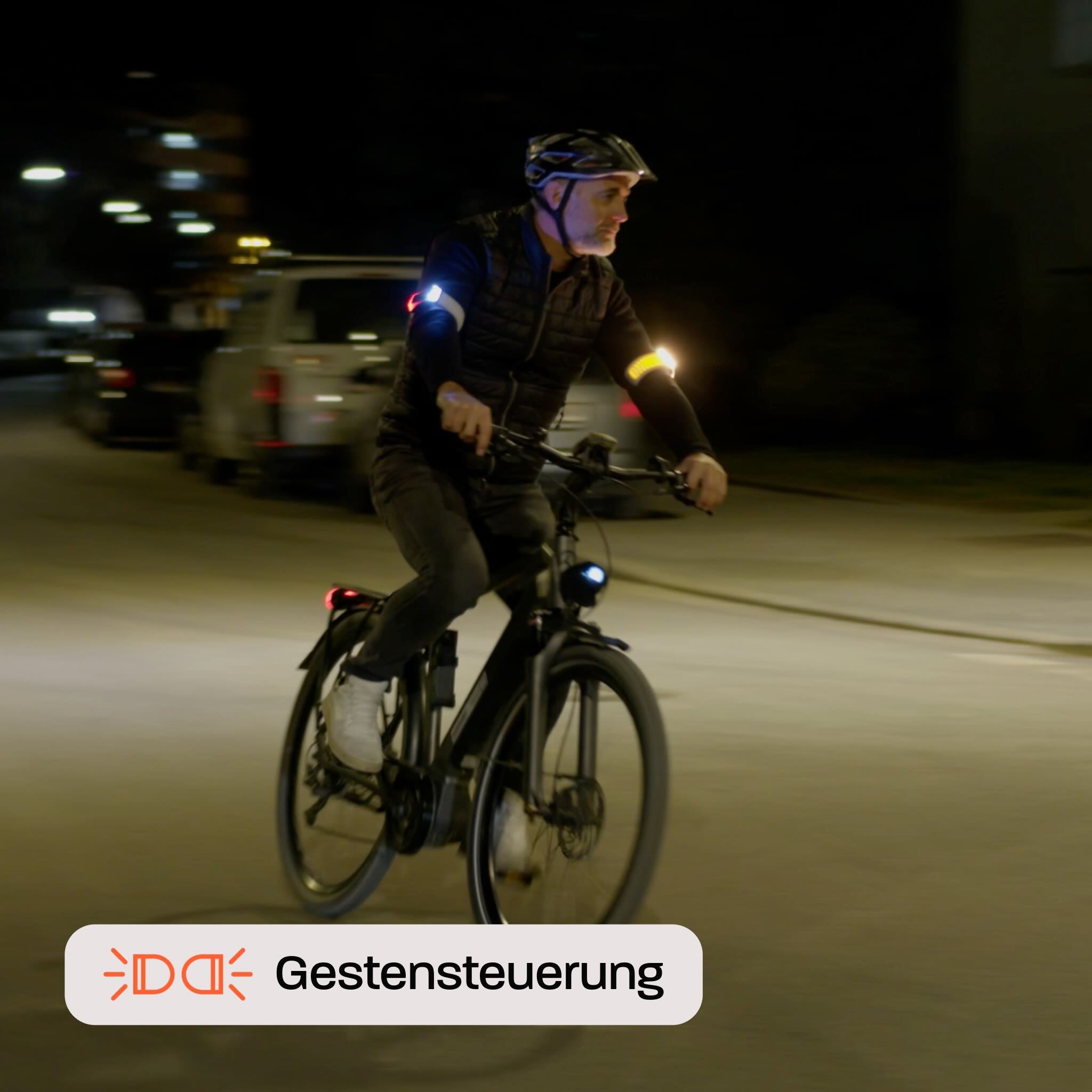
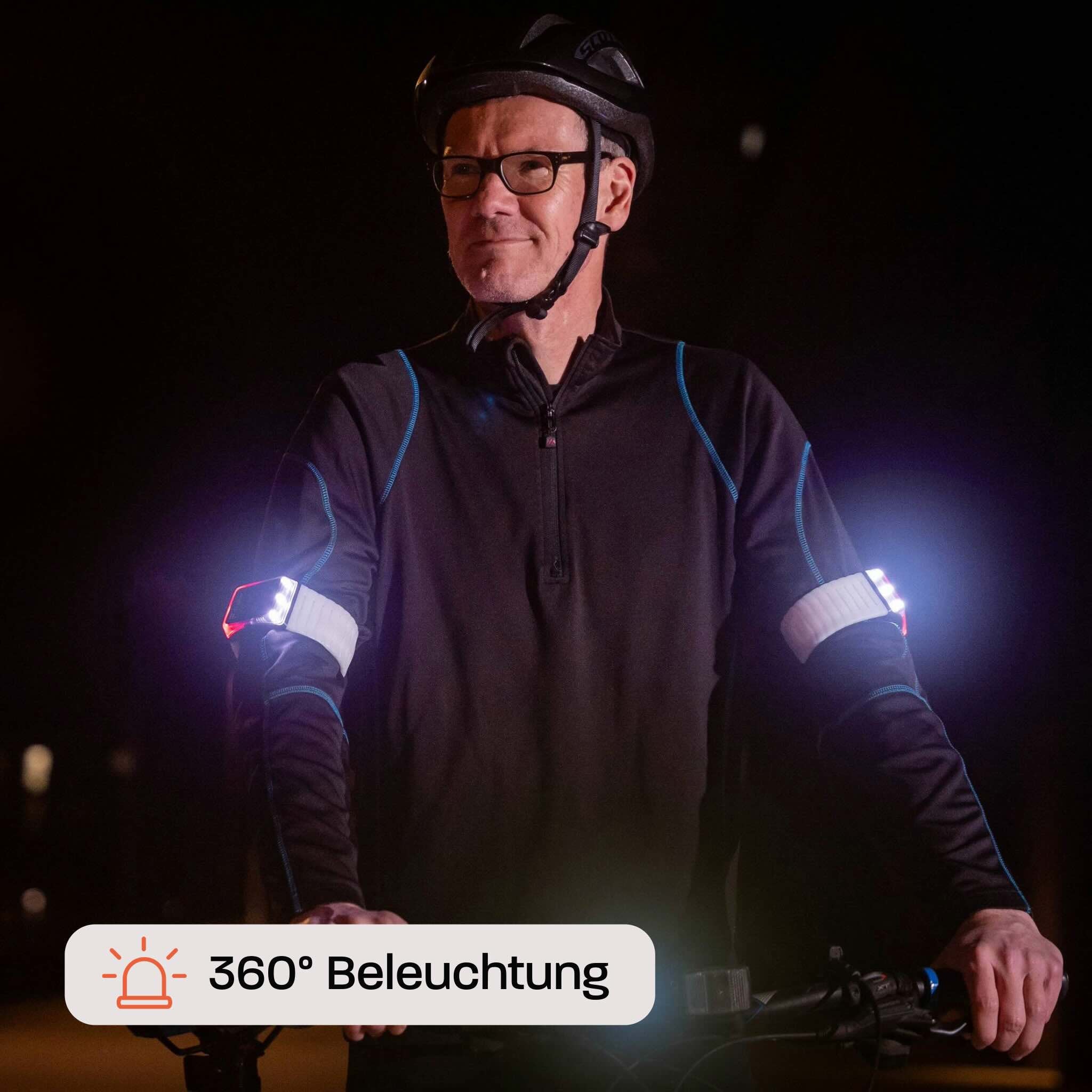
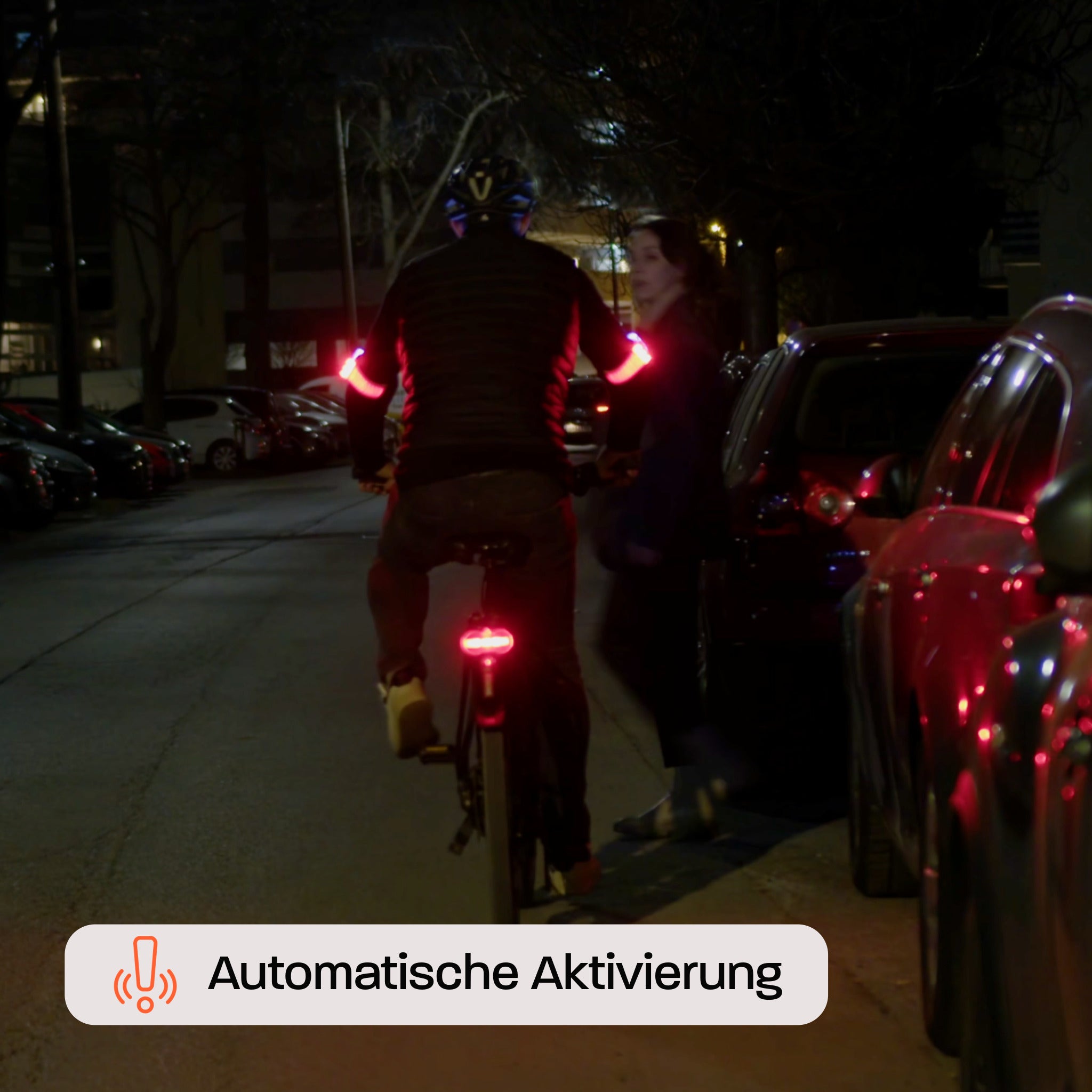

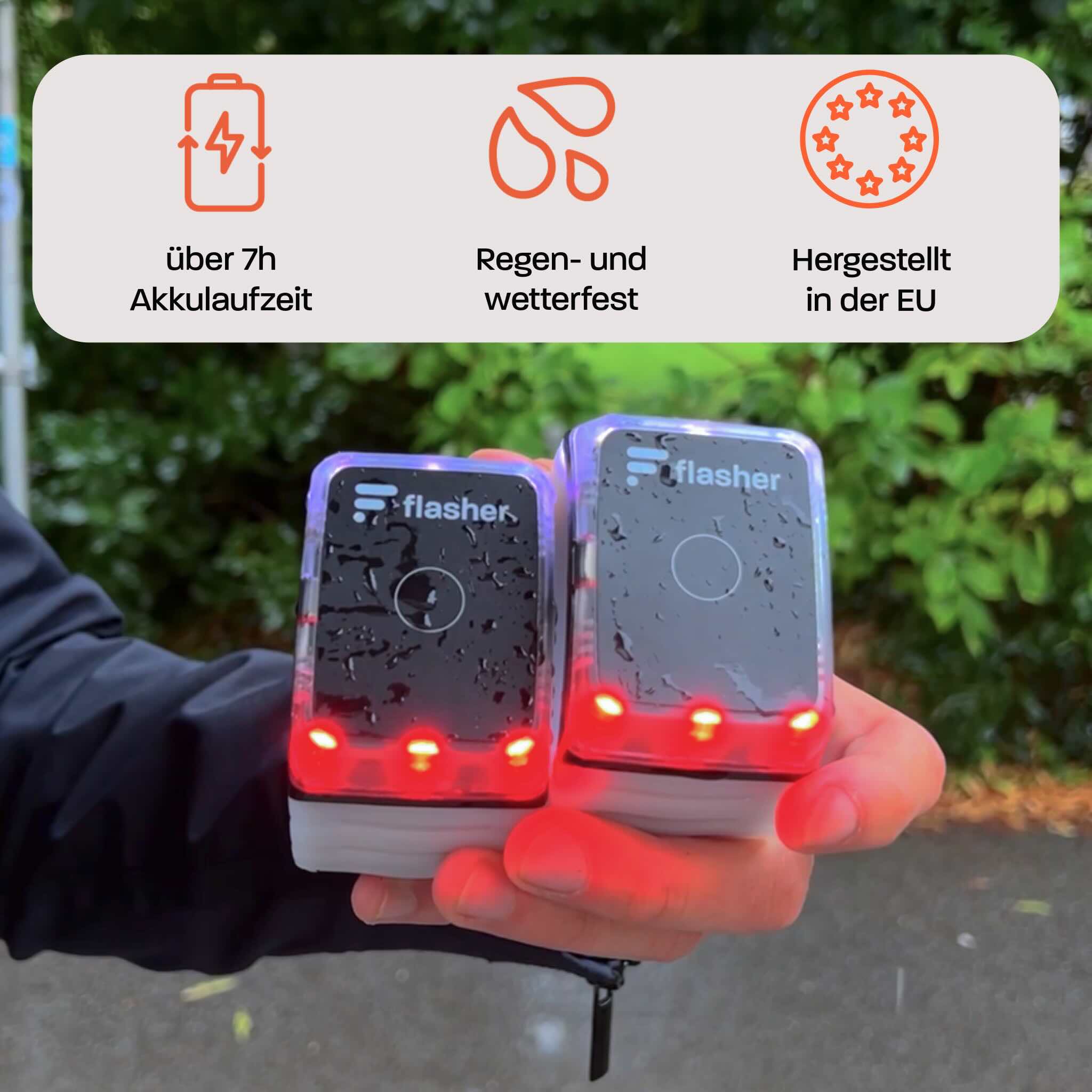
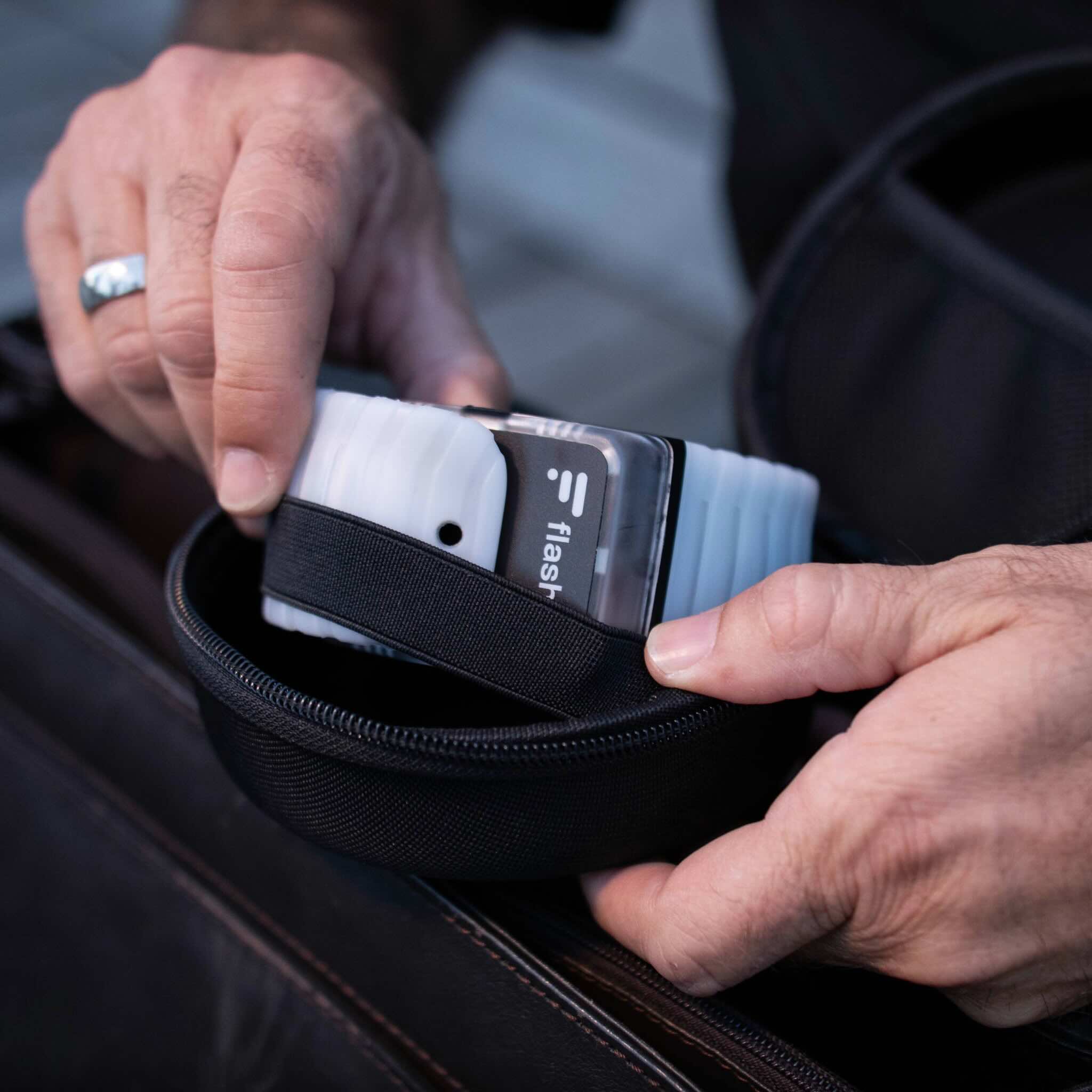

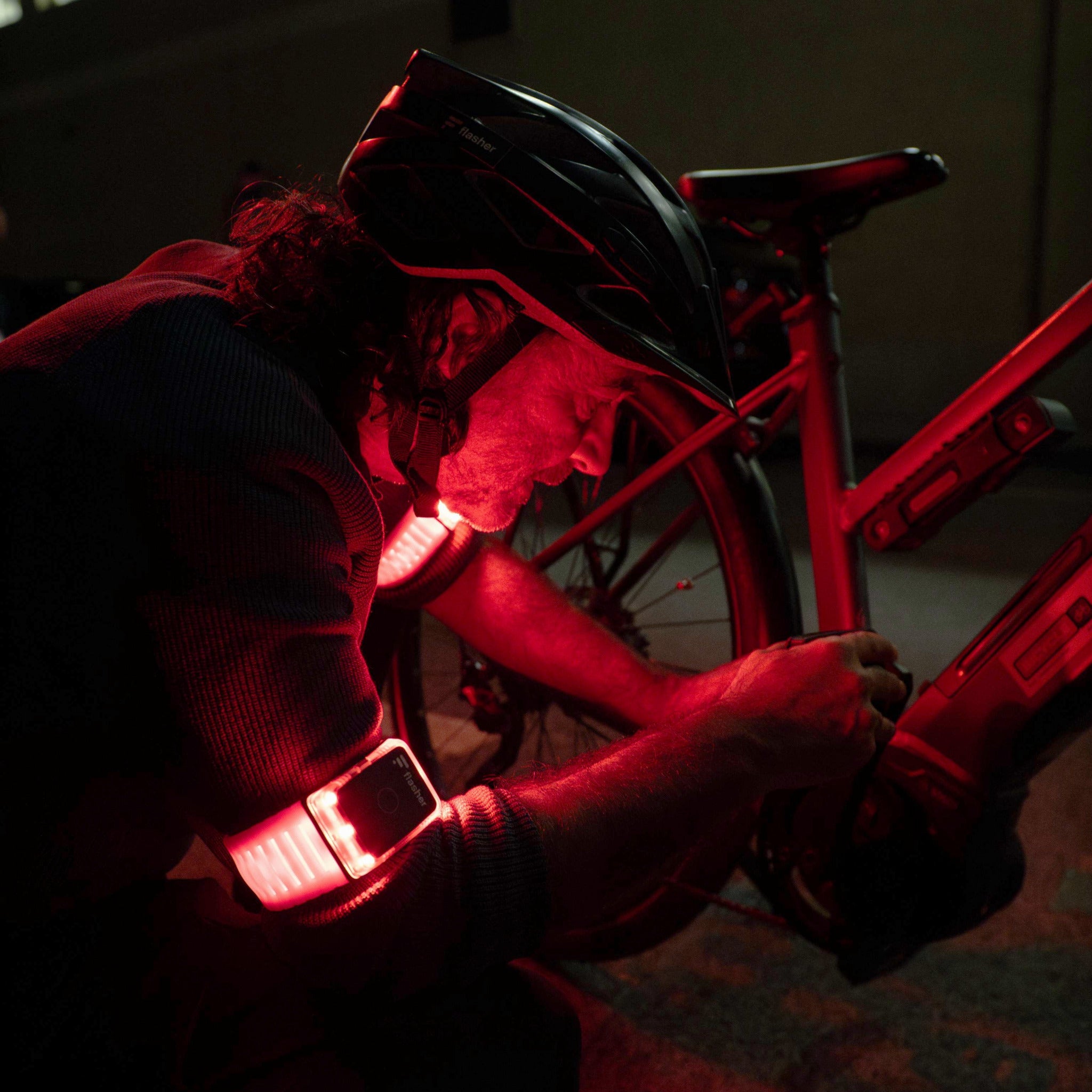
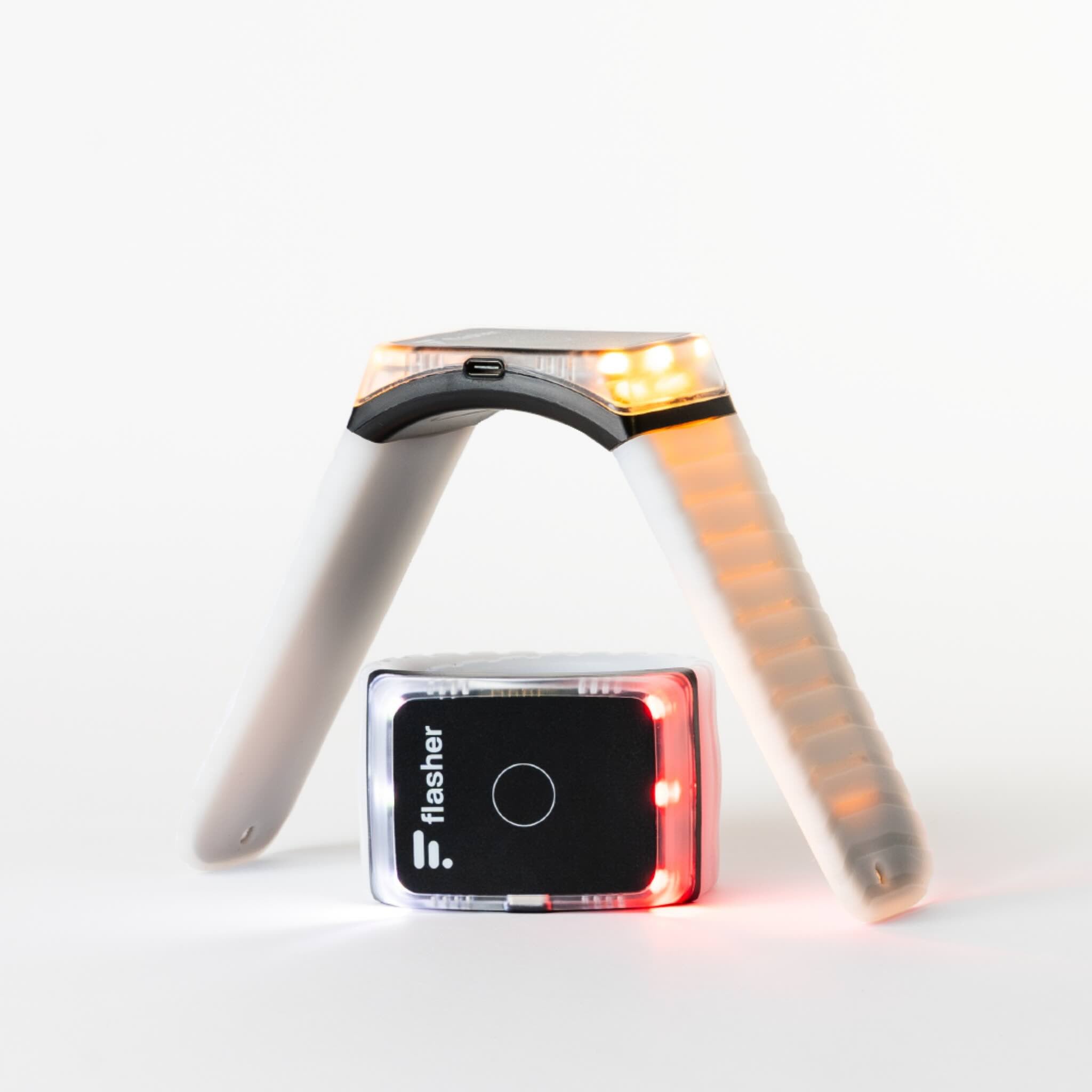

Flasher Duo
The smartest bicycle and e-scooter lights in the world:
- Gesture control turn signal indicators
- 4 modes with ultra-bright 360° LEDs
- Automatic emergency brake lights
- Compliant with road regulations & water-resistant
- Additional features via Flasher app [optional]
Social added value
Are e-scooters viewed positively by non-riders?
Public opinion about e-scooters is mixed. While some appreciate their convenience and environmental benefits, others see them as a nuisance. Addressing concerns about safety, parking and accessibility is crucial to improving public perception. According to various surveys, many people see e-scooters as a nuisance, especially when they block sidewalks or are parked improperly. However, these criticisms often relate to shared and rental vehicles, as they are by design left on the street, are not foldable and are not treated with the same care as private vehicles.
So if you are thinking about buying your own e-scooter, you can help improve the public image of e-scooters. Park your scooter at bike racks, or fold it up and store it indoors (eg at work or at home). Considerate riding also contributes to positive social feedback.
Shared spaces: e-scooters and pedestrian safety
E-scooters share sidewalks and bike paths with pedestrians and cyclists, which raises safety concerns. Clear guidelines and designated lanes can help ensure harmonious coexistence and prevent accidents. In some countries, such as Germany, the maximum permitted speed of e-scooters has been reduced from 25 km/h to 20 km/h. The use of faster models is prohibited on public roads in order to enable safer coexistence with other vehicles and pedestrians.
Reducing the speed to 20 km/h barely affects the overall travel time for the short distances that e-scooters are designed for. In addition, low speeds improve the range, reduce the risk of accidents and help you react to dangerous traffic situations.
Conclusion
E-scooters are a great option for urban mobility, combining convenience, cost and certain environmental benefits. They are as flexible as a car or bicycle, require less power than a bike and are maneuverable and portable.
E-scooters are perfect if you often travel short distances in urban areas, if there is a good charging infrastructure at your regular destinations and if you can save yourself some car journeys (and the associated traffic jams). So if you often travel in urban areas and would like to be flexible, but don't want to deal with traffic jams and sweating, an e-scooter is a good investment.


